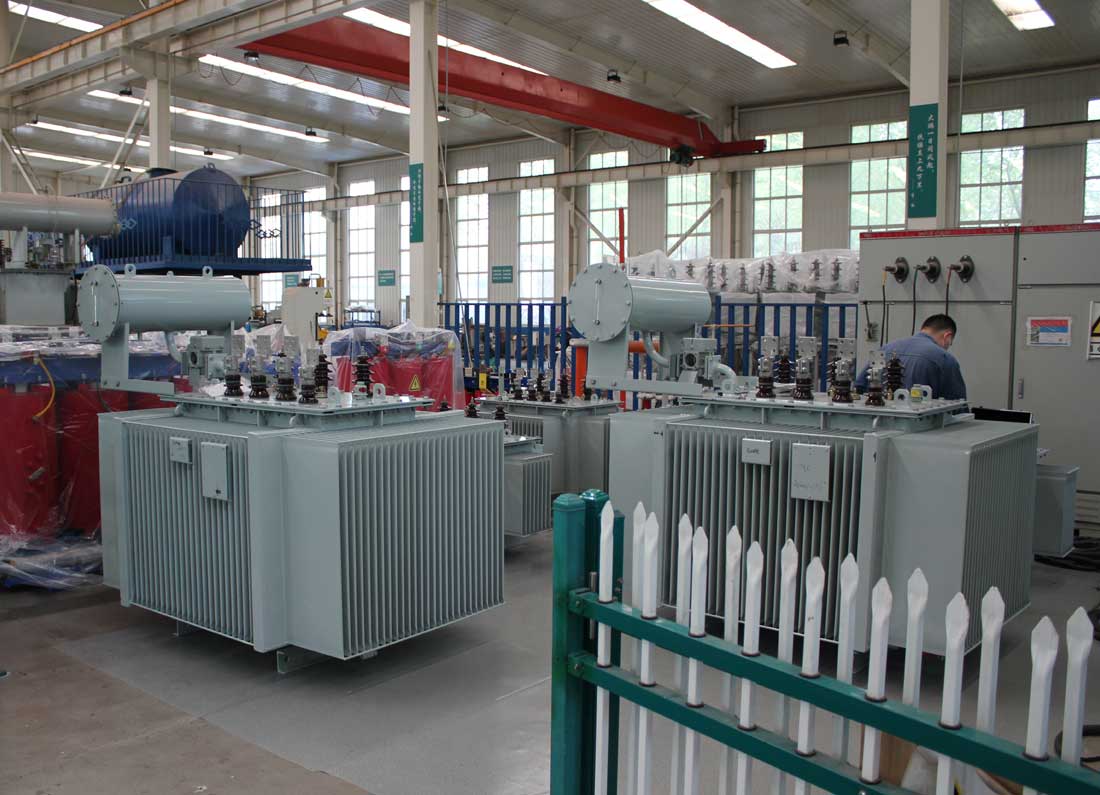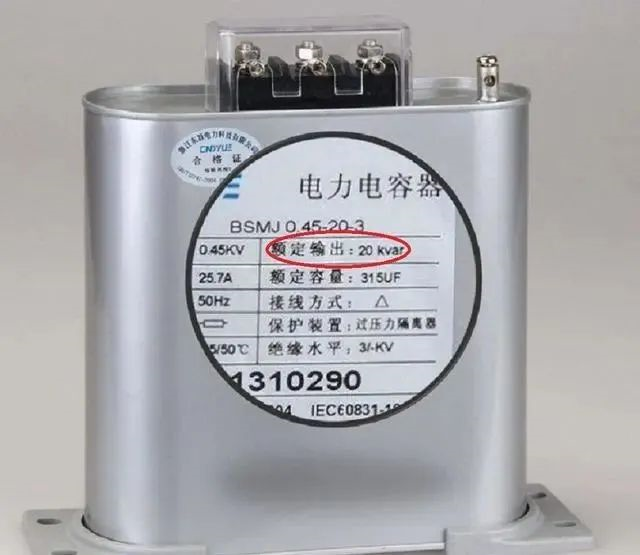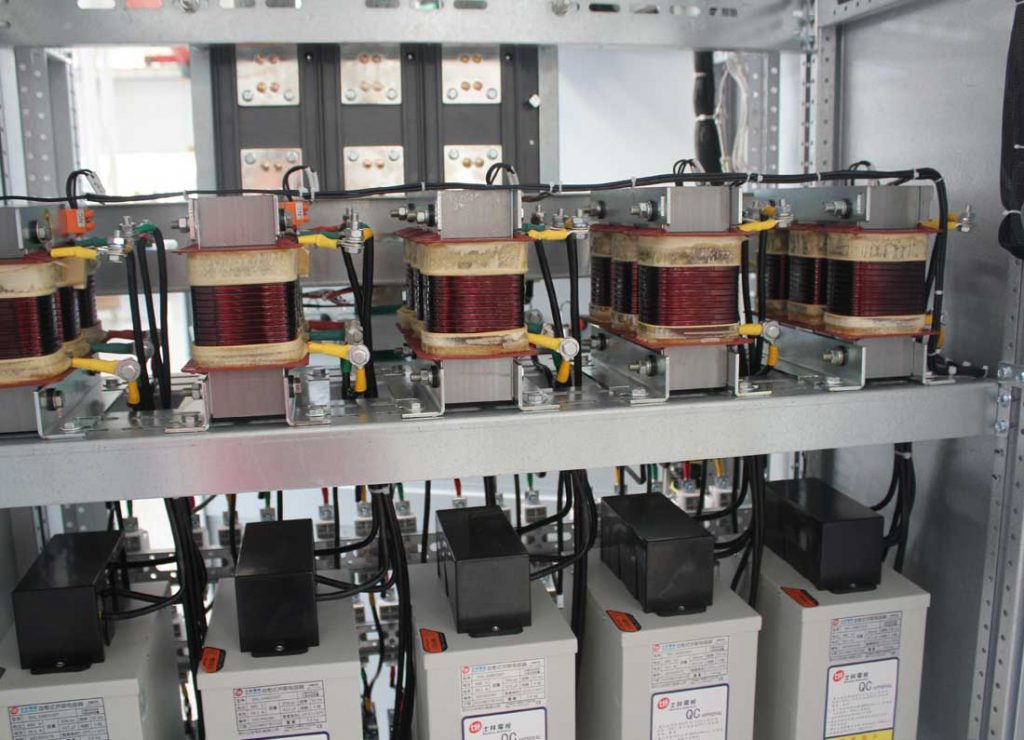
How many kW power consumption can the 1000KVA transformer bear?
“There is an old 1000KVA transformer with an existing load of about 200kW. If you want to add a new load of about 600kW, can this transformer bear it?
This problem first involves a concept, that is, the relationship and difference between KVA and kW.
KVA is the unit of apparent power and kW is the unit of active power. In addition to apparent power and active power, there is also reactive power. The unit of reactive power is kvar (kilovar).

What is the difference between active power, reactive power and apparent power?
Active power is the power actually consumed by electrical appliances, that is, electric energy is converted into other forms of energy.
For example, the daily electricity bill paid by everyone is the active power;
Reactive power refers to the power that some equipment does not really consume electricity, but only temporarily stores electricity.
For example, if there is a capacitor / coil in an electrical equipment, the capacitor / coil will always be in charge and discharge state when the equipment is working. Because the capacitor / coil has been charging and discharging and does not really consume electricity, this part of power is called reactive power.
Apparent power refers to the total power provided by the power supply.
Power supply (generally refers to transformer or generator) not only needs to provide active power to electrical equipment, but also needs to provide reactive power. The reason is very simple. Although the capacitor in the electrical equipment does not consume power, it is always charging and discharging, so it also needs to occupy part of the capacity of the power supply.
After understanding these, let’s look at the relationship between them, which brings us to another concept – power factor. How much active power a power supply can provide depends on the power factor.

[power factor]
Power factor refers to the ratio of active power to apparent power, generally cos φ express.

For example, a 1000KVA transformer has a power factor of COS φ= 0.6, it can output 600kW active power; But when the power factor cos φ= At 0.9, it can output 900kw active power.
If it costs 1 yuan per kilowatt hour, the transformer can produce an economic benefit of 600 yuan / hour when the power factor is 0.6; When the power factor reaches 0.9, the transformer can produce economic benefits of 900 blocks / hour. In fact, the function of providing power factor is far more than that. There are many more, so I won’t say more here.

[analysis of this question]
With the above foundation, it is easy to explain the problem again.
The capacity unit of transformer is KVA (kilovolt Ampere), while the power unit of electrical equipment is kW (kilowatt). The difference between the two is that the power factor needs to be multiplied when calculating the equipment power kW, that is to say, the transformer with 1000KVA capacity can output 1000kW power at full load only when the power factor is 1, but it is basically impossible in practical application.
During the design, a certain margin needs to be reserved, which is generally calculated according to the compliance rate of 90%, which is more economical and reasonable, i.e. 1000 × 0.9=900KVA。 If we compensate the power factor to 0.95 or above through power compensation, the transformer can output 900 × 0.95 = 855kw active power.
Note: the power company requires that the power factor must be above 0.9, otherwise there will be punishment; However, the power factor shall not exceed 1, otherwise the system voltage will rise and affect the normal operation of the system.
It is said in the title that the 1000KVA transformer used to supply power to 200kW electric equipment, and now 600kW electric equipment is added. The total active power of electric equipment has reached 800KW, which still does not exceed the calculated value.